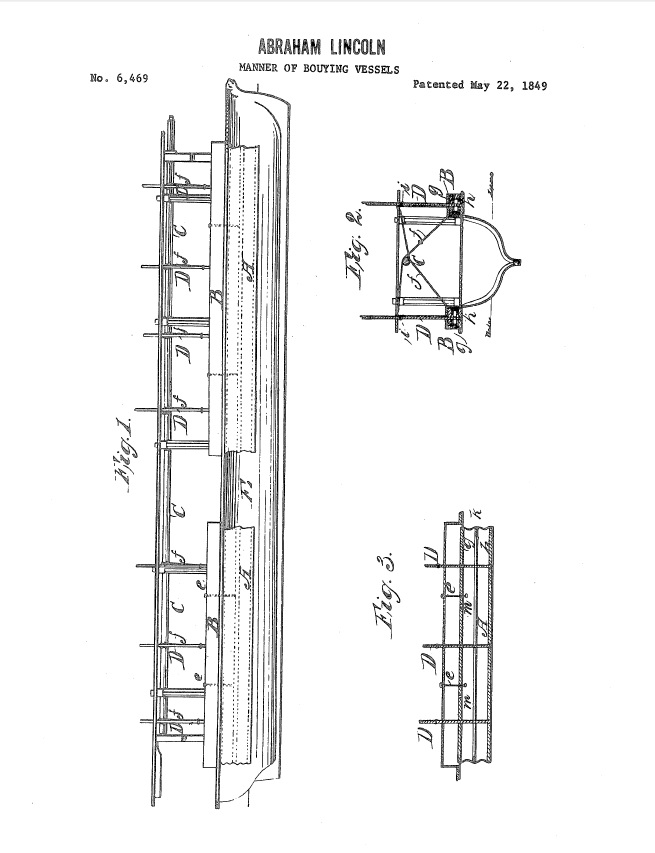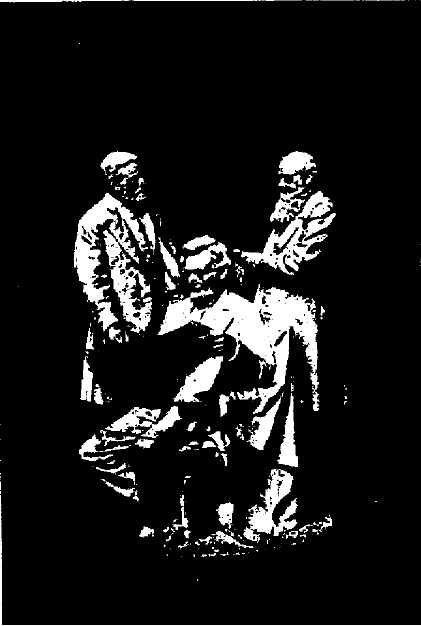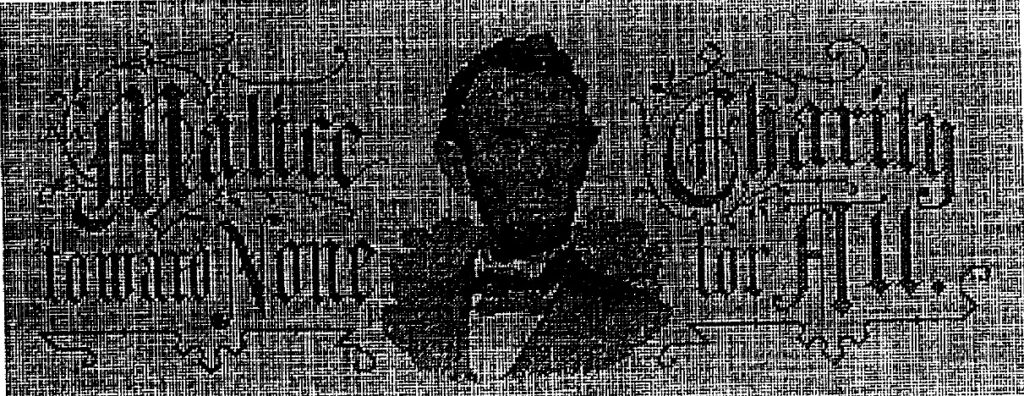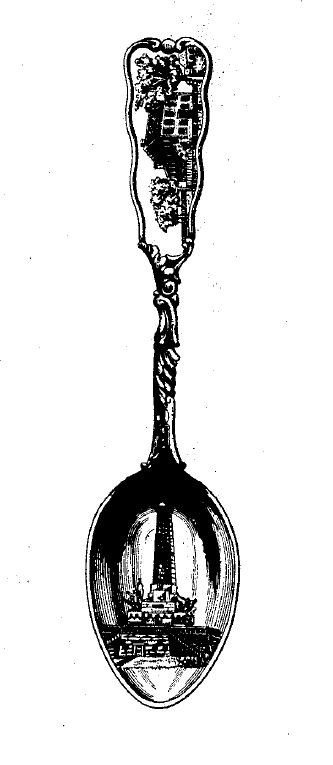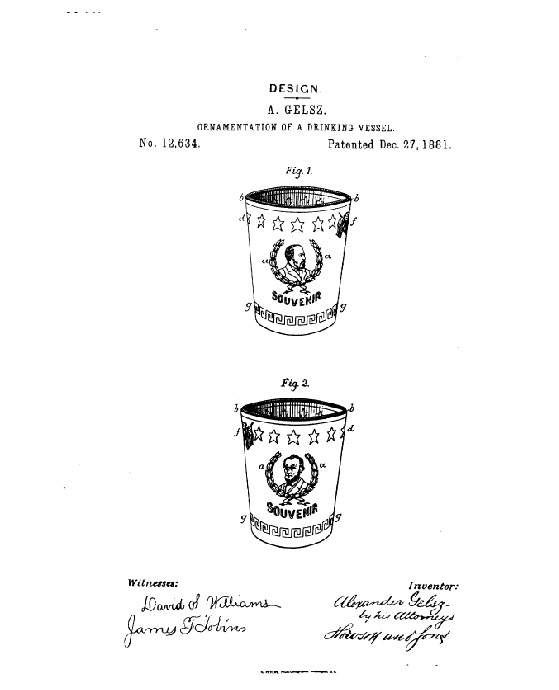In In re Hodges, [2017-1434] (February 12, 2018), the Federal Circuit reversed the Board’s anticipation determinations, vacate
its obviousness determinations, and remand for further
proceedings. The application is directed to a valve assembly
for draining contaminants, condensation, and other fluids that adversely affect the efficiency and function of a pressurized system.
The Federal Circuit found that the Board’s Finding that the claims were anticipated was unsupported by substantial evidence. A prior art reference anticipates a patent’s claim when the four corners of the document “describe every element of the claimed invention, either expressly or inherently, such that a person of ordinary skill in the art could practice the invention without undue experimentation. At issue was the positioning of a valve in the prior art relative to the claimed invention. The Board found the positioning “similar,” but the Federal Circuit found that the Board neither supported its assertion of
similarity, nor explained how the positioning of the valve in the prior art would enable a skilled artisan to “practice the invention without
undue experimentation.”
As to anticipation by another reference, the Board affirmed a rejection that a piston stem and piston head collectively constitute the claimed “sensor” because they sense pressure insofar as they move in response to the pressure applied thereto. The Federal Circuit noted that the Patent Office did not attempt to defend this finding on appeal “for good reason” as the Board’s anticipation finding was predicated on an erroneous construction of “signal,” and the reference did not disclose a sensor. The Federal Circuit found the Board construction of the claims to be unreasonably broad and inconsistent with the specification. The Federal Circuit said that under any reasonable construction of “signal,”
the prior art’s piston stem and head combination cannot fairly
be characterized as a sensor that generates a signal. The Federal Circuit reversed the rejection, not wanting to give the Patent Office “a second chance to reject the claims on grounds that it is unwilling or unable to defend on appeal.”
On the obviousness rejections, the Board concluded in a “single paragraph” that the claims would have been obvious, but did not explain how the reference could be modified. The Federal Circuit also noted that the Board made no findings on any of the Graham factors. The Federal Circuit said that the Board must “explicate its factual conclusions, enabling us to verify readily whether those conclusions are indeed supported by ‘substantial evidence’ contained within the record,” but that the Board failed to do so, so the Federal Circuit remanded the case.

